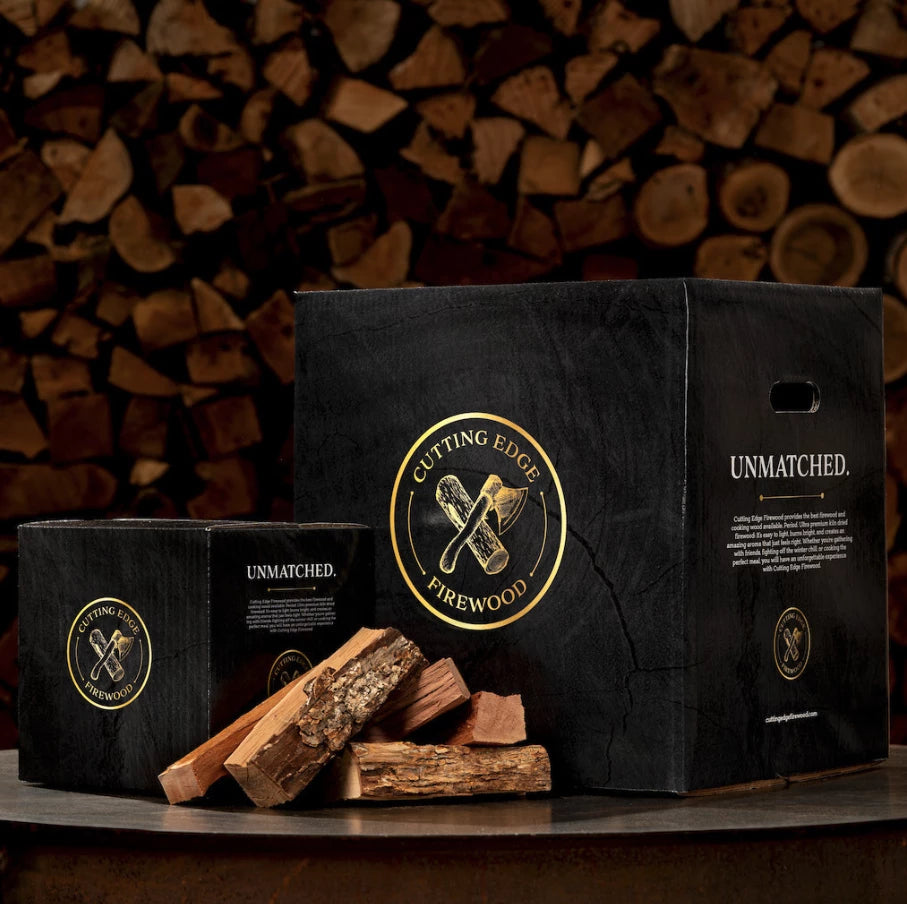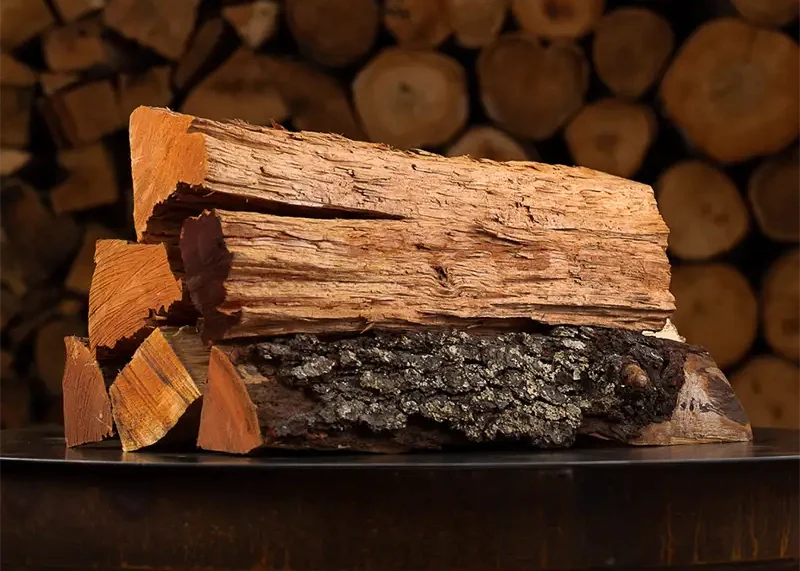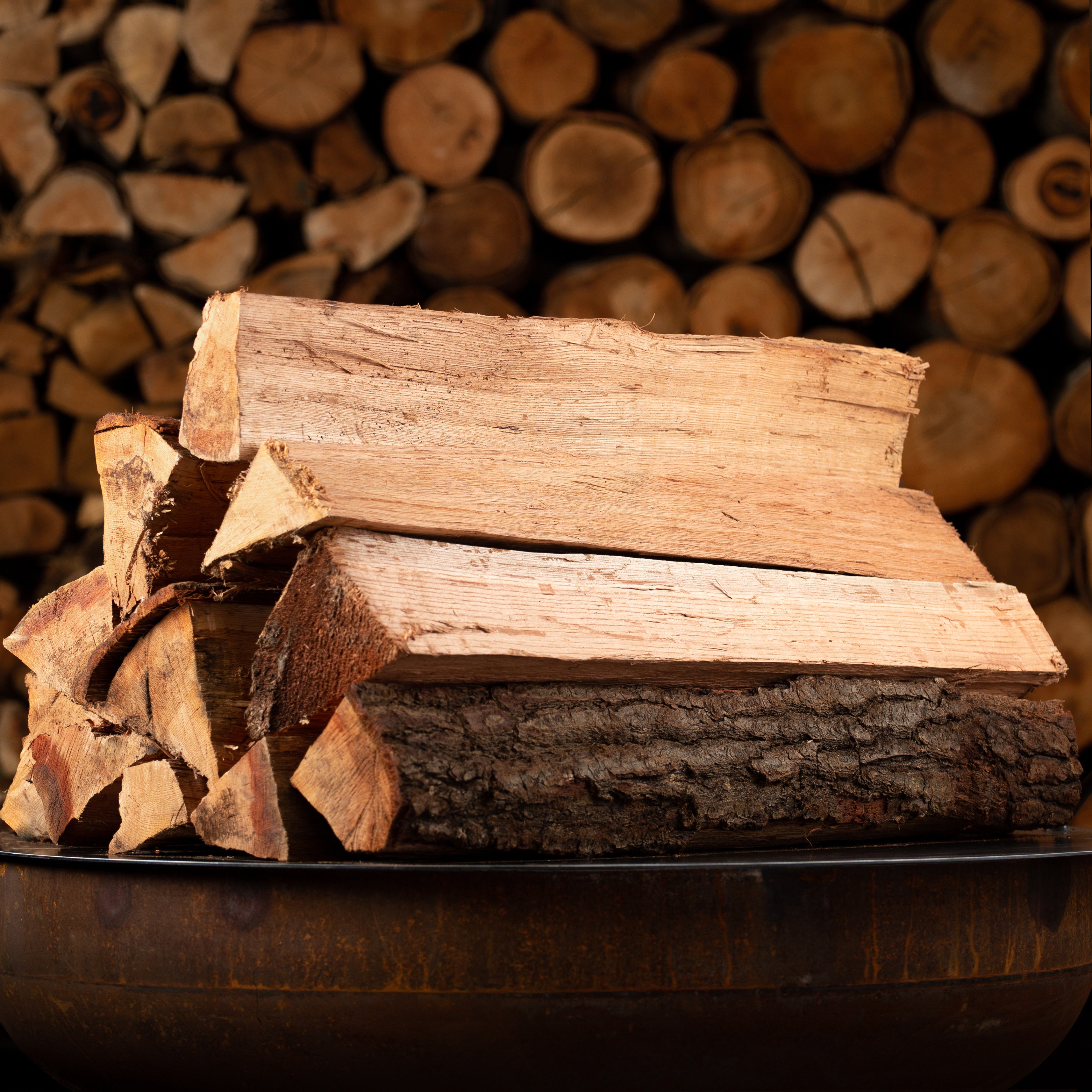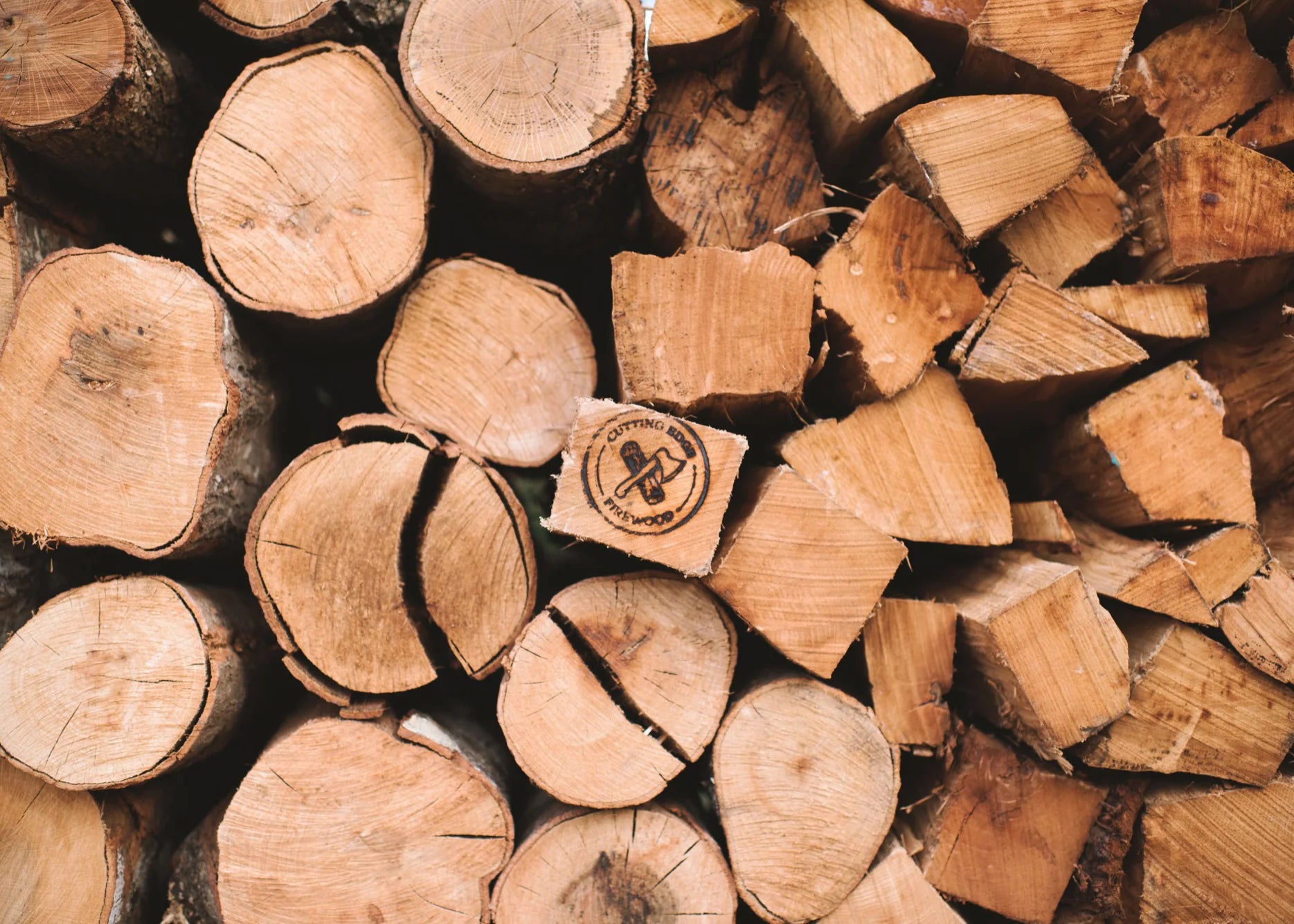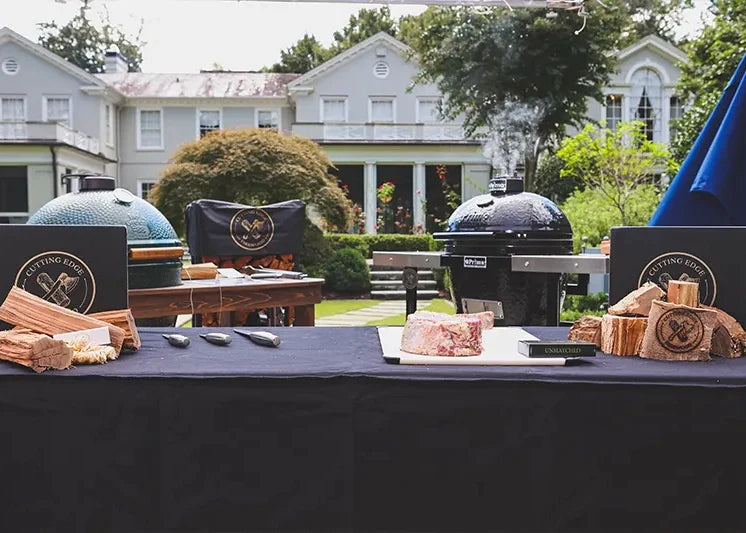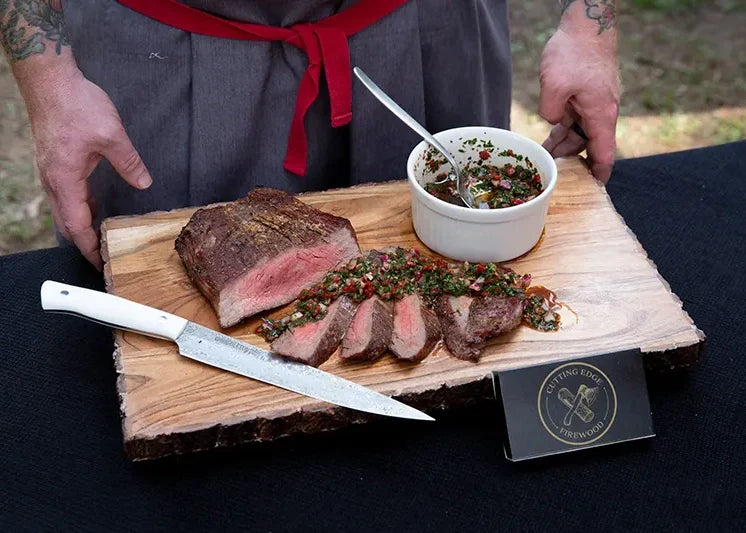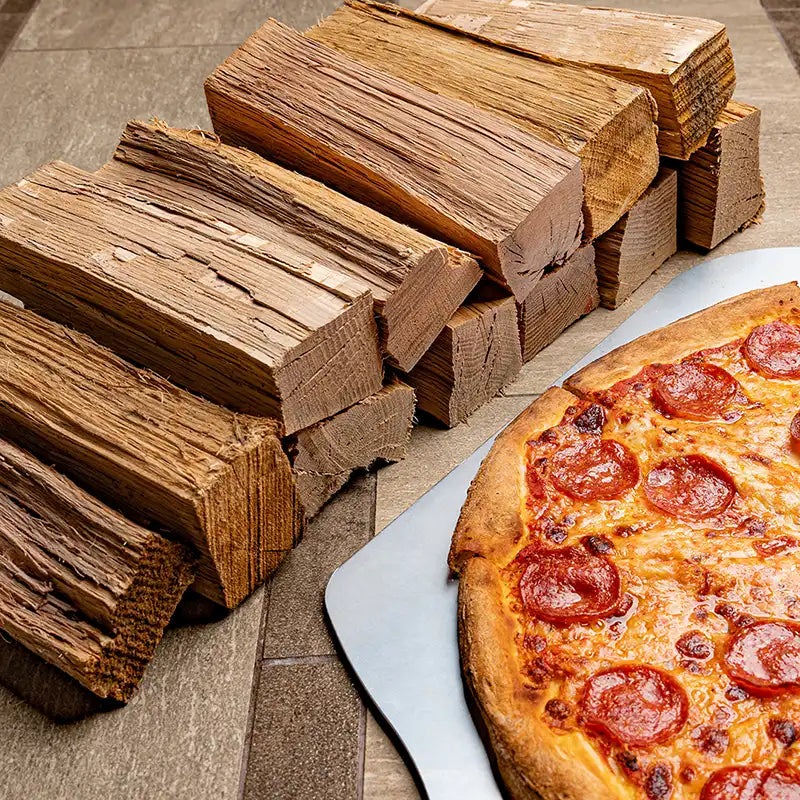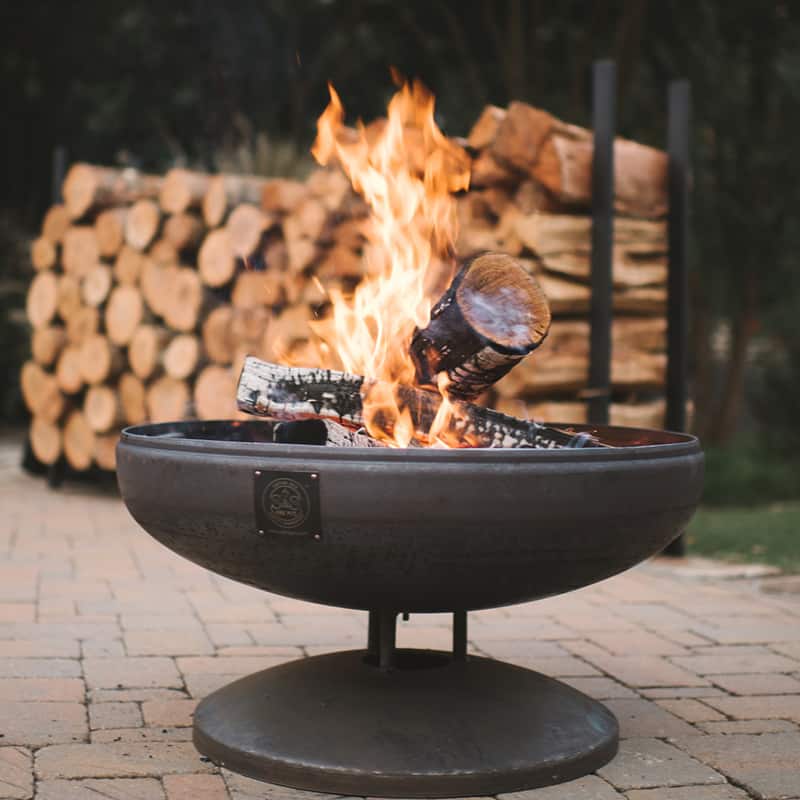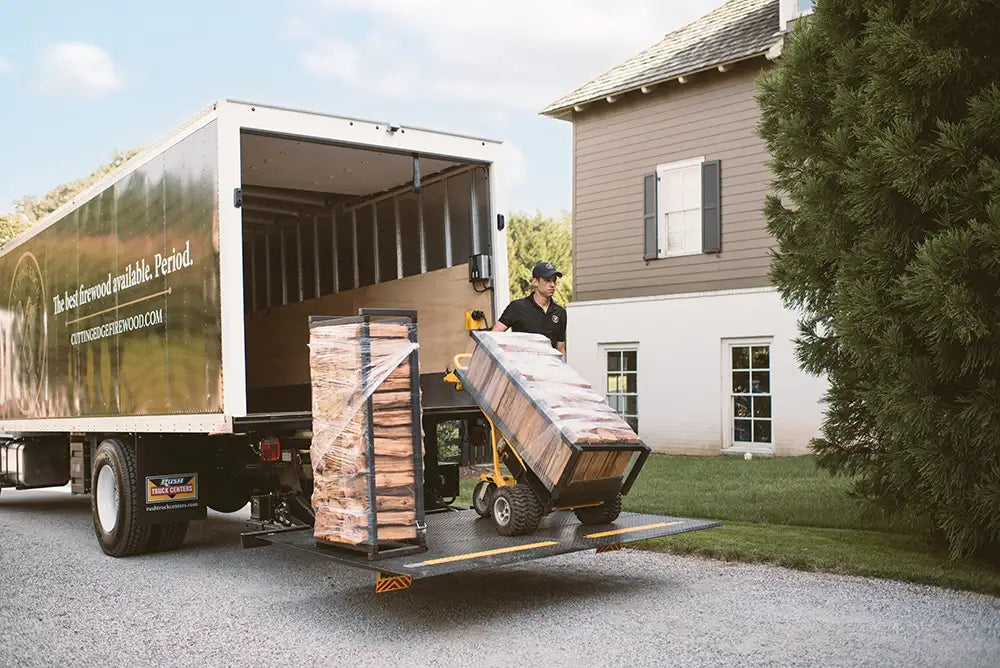Are you looking to purchase a new smoker? The right smoker can make a world of difference in the flavor, texture and overall quality of your smoked foods. Whether you're smoking a beef brisket, a pork shoulder, chicken wings or even fish, it will provide an enclosed environment that traps flavorful smoke. When shopping for a smoker, though, one of the decisions you'll have to make is whether to choose a gas or wood smoker. While both types are capable of smoking a variety of meats and veggies, they aren't necessarily the same.
What Is a Gas Smoker?
A gas smoker is a type of smoker that's characterized by the use of a gas-fueled flame. They typically work in conjunction with one or more tanks of gas. The tanks sit on a bottom shelf where they connect to the smoker's burners via a rubber hose. Some gas smokers use liquid propane gas, whereas others use butane or natural gas. If a smoker uses natural gas, it typically won't have a tank. Instead, it will connect to your home's existing natural gas system. Regardless, all gas smokers use gas to fuel the flame.
To smoke meat in a gas smoker, you must open the valve on the gas tank and turn on the burner. Most gas smokers feature precision-control mechanisms for the temperature. Once the burner is active, you can easily raise or lower the smoker's temperature to achieve the ideal smoking environment. Raising the temperature releases more gas from the tank, thereby fueling the flame to create more heat. In comparison, lowering the temperature results in less gas being released from the tank to achieve a lower internal temperature in the gas smoker.
What Is a Wood Smoker?
A wood smoker, on the other hand, is a type of smoker that uses wood -- either with or without charcoal -- as the fuel source. They don't support the use of liquid propane, butane or natural gas. Wood smokers only work with wood-based sources of fuel, such as cooking wood, smoking chunks, wood chips or wood pellets.
Some wood smokers feature a similar shape and design as conventional charcoal grills. As shown below, they consist of a single large and enclosed compartment with a cooking grate. You lift the cooking grate, at which point you can add your desired wood to the bottom of the smoker. Once lit, the wood will burn to create a hot fire while simultaneously surrounding your food with flavorful smoke.
Other types of wood smokers feature an offset design. An offset wood smoker is essentially the same as the aforementioned type of smoker, except it features an extra compartment attached to the side. Offset smokers have a main compartment, which is usually shaped like a barrel, but they also contain a smaller cylindrical-shaped compartment attached to the side. The purpose of the smaller, secondary compartment is to smoke foods using indirect heat. You can place your cooking wood, for instance, in the offset smoker's secondary compartment and your food in the main compartment. Because the secondary compartment is located on the side of the offset smoker, it will expose your food to less heat.
Why Wood Smokers Are the Best
While gas smokers typically heat up faster, as well as offer greater control over cooking temperatures, their performance pales in comparison to that of wood smokers. Whether it's liquid propane, butane or natural gas, gas doesn't enhance the flavor of smoked food. On the contrary, many pitmasters will agree that foods cooked in a gas smoker have a harsh chemical-like taste. As the gas burns, it will release chemical vapors that are absorbed by your food.
In terms of flavor, wood smokers are unparalleled in their ability to smoke delicious meats and veggies. As the cooking wood heats up, it will release smoke that fills the interior of your smoker. Regardless of what type of food you are smoking, it will absorb some of this smoke. Different types of cooking wood have different flavors. All high-quality varieties, however, offer a delicious flavor that complements most meats and veggies.
With a wood smoker, you don't have to worry about keeping a full gas tank on hand. A typical 15-pound tank of liquid propane only offers about 15 to 20 hours of usage. After smoking several meals with a 15-pound tank, you'll have to refill it, which can be both time-consuming and expensive. Cooking wood doesn't last forever, but as long as you keep a supply of it on hand, you can continue to smoke delicious foods using a wood smoker.
Wood smokers are also inherently safer than gas smokers. Whenever gas and fire are used together, there's a potential for an explosion. According to the National Fire Protection Association (NFPA), nearly 9,000 house fires occur annually in the United States as a result of grills, with gas-fueled grills contributing to more house fires than their wood-fueled counterparts. You should still follow some basic safety measures when using a wood smoker, such as not leaving it unattended and avoiding the use of lighter fluid and other accelerants. With that said, wood smokers are inherently safer than gas smokers since they only use wood as fuel.
What About Electric Smokers?
While most smokers use either liquid propane or wood, some use electricity to create the heat needed to cook and smoke foods. Known as electric smokers, they required a corded connection to an electrical outlet. When plugged in and turned on, electricity flows through the smoker's heating coils until the desired temperature has been reached.
Electric smokers don't produce the same harsh flavor as gas smokers. Unfortunately, though, they still lack the delicious and all-natural flavor of high-quality cooking wood or smoking chunks. For the best-tasting food, you'll need to use a wood smoker in conjunction with premium cooking wood or smoking chunks.

Tips on Using a Wood Smoker
If you're going to invest in a wood smoker, there are a few things you should know. As explained in part two of our Becoming a Backyard BBQ Master series, you should smoke meat using indirect heat. One way to accomplish this is to invest in an offset wood smoker. Alternatively, you can create a hot zone and a cold zone in your smoker, placing your meat in the latter area to prevent it from cooking too quickly. This involves placing all your wood to either the left or right side of your smoker, and once it begins burning, add your meat to the cooking grate on the opposite side.
The performance of a wood smoker is heavily dependent upon the type of wood with which it's used. Low-quality cooking wood doesn't offer the same delicious flavor as high-quality cooking wood. Softwoods, for instance, are generally a poor choice of fuel because of their high moisture and resin content. Hardwoods, on the other hand, have substantially less moisture and resin, making them preferable when smoking foods.
Experience the difference high-quality cooking wood makes in your wood smoker by visiting our firewood for sale today. Cutting Edge Firewood is the premier vendor of premium cooking wood and smoking chunks, all of which you can use in your wood smoker.

